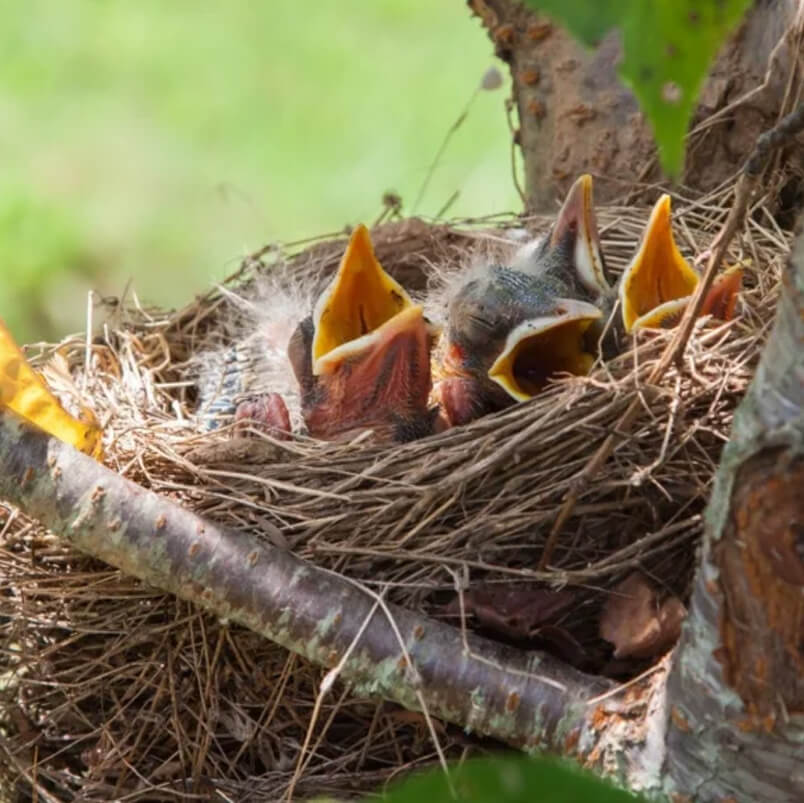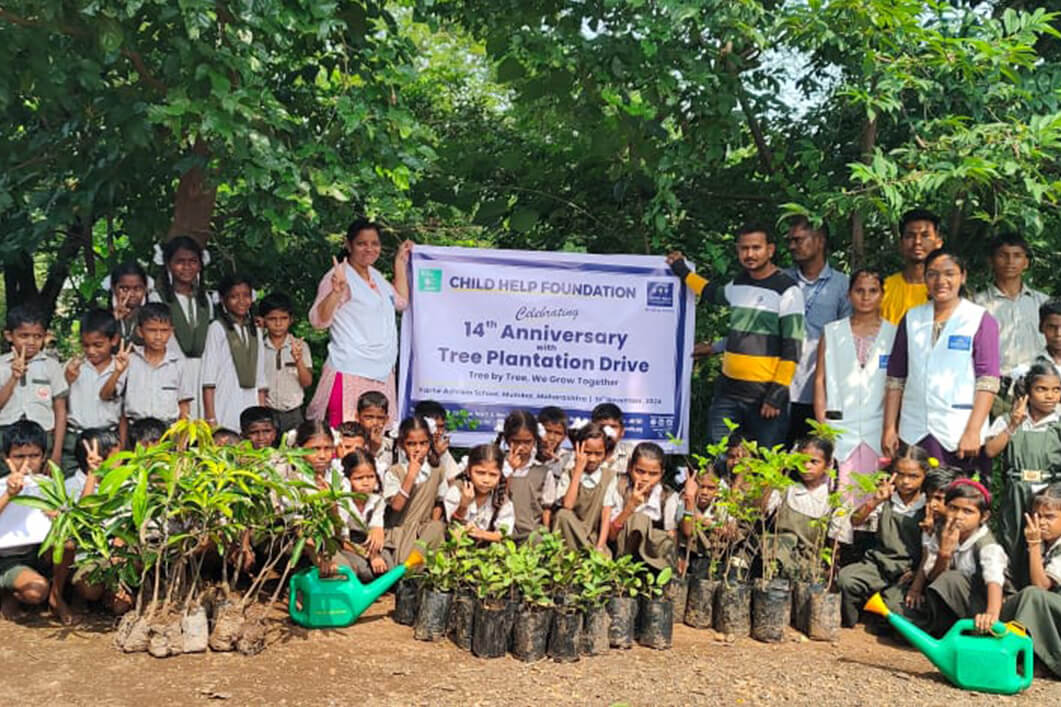World Bird Day is a celebration of the incredible diversity of bird species that grace our skies and their indispensable role in maintaining the balance of our ecosystems. Birds are not only symbols of beauty and freedom but also vital players in the intricate web of life. This year, we focus on an essential aspect of bird conservation: the role of trees in protecting birds and their habitats.
Trees as Vital Habitats for BirdsTrees provide essential resources for birds, including shelter, nesting sites, and food. Birds rely on trees for:
- Nesting and Breeding: Many bird species, such as woodpeckers, owls, and parrots, depend on tree cavities or branches to build their nests. Dense canopies offer a safe haven to raise their young, away from predators and harsh weather conditions.
- Food Sources: Trees supply fruits, seeds, nectar, and insects that birds need to survive. Pollinators like hummingbirds and sunbirds thrive on flowering trees, while frugivorous birds such as hornbills and toucans rely on fruit-bearing trees.
- Migration Rest Stops: For migratory birds, trees act as critical stopover points. They offer resting places and food during long and arduous journeys, helping these birds complete their seasonal migrations.
Trees contribute to creating a stable environment that supports bird populations:
- Regulating Climate: Trees moderate local climates, providing cooler habitats that are particularly important for birds during extreme heat.
- Biodiversity Hubs: A single tree can support dozens of bird species. By providing varied microhabitats, trees enhance biodiversity, creating ecosystems where birds and other creatures coexist.
- Water Cycles and Wetland Preservation: Trees play a role in maintaining wetlands, which are essential habitats for water birds. Mangroves, for example, protect shorelines and support species like herons and flamingos.

Threats to Birds Due to Loss of Trees
Deforestation and habitat destruction have devastating consequences for birds. The removal of trees reduces nesting sites, food availability, and protection, leaving birds vulnerable to predation and environmental changes.
Additionally, urbanization often fragments forests, disrupting the natural corridors that migratory birds use for travel.
The loss of trees also exacerbates climate change, leading to shifting weather patterns that alter migratory routes and breeding seasons. This double-edged sword of habitat loss and climate change places immense pressure on bird populations.
How Protecting Trees Helps BirdsConserving and planting trees can significantly benefit bird populations. Here are some key ways to make a difference:
- Reforestation and Afforestation: Planting native tree species restores habitats and provides resources for local and migratory birds.
- Protecting Existing Forests: Safeguarding old-growth forests preserves the intricate ecosystems that birds depend on for survival.
- Creating Green Spaces in Urban Areas: Urban tree planting initiatives can provide nesting and feeding opportunities for birds in cities, promoting coexistence.
- Supporting Fruit-Bearing and Flowering Trees: These trees are particularly beneficial for species that rely on nectar or fruits for sustenance.
Organizations like Child Help Foundation (CHF) actively contribute to protecting bird habitats by planting trees and preserving ecosystems. Through their Life on Land initiatives, they have positively impacted over 63,596 trees and animals. Projects like tree planting, wetland restoration, and community awareness programs are crucial in creating sustainable environments for birds and other wildlife.
This World Bird Day, let us remember that the fate of birds and trees is intertwined. Trees are not just homes for birds—they are lifelines. By protecting trees, we are safeguarding the future of our feathered friends and preserving the ecological balance of our planet.
